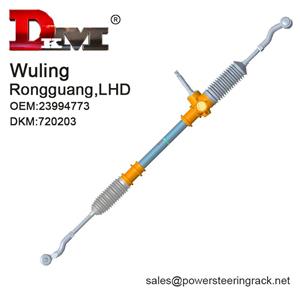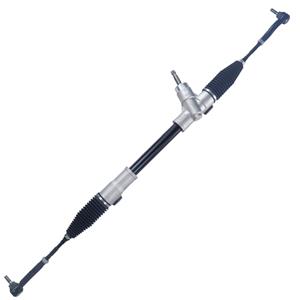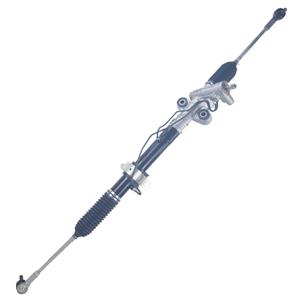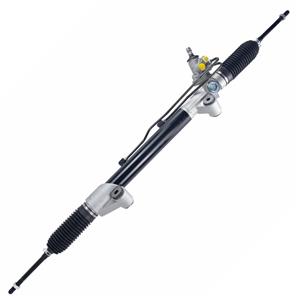Does the Hydraulic Steering Rack Still Work When the Car Engine is Turned Off?
The hydraulic steering system is an indispensable component in modern cars, which provides drivers with an easy and sensitive steering experience. However, when the car engine is turned off, does the hydraulic steering system still work properly? This question often confuses car owners, especially when they need to move or adjust the parking position.
This article will take a deep look at the working principle of the hydraulic steering system, the impact of engine shutdown on its function, and the steering problems that may occur in different situations.
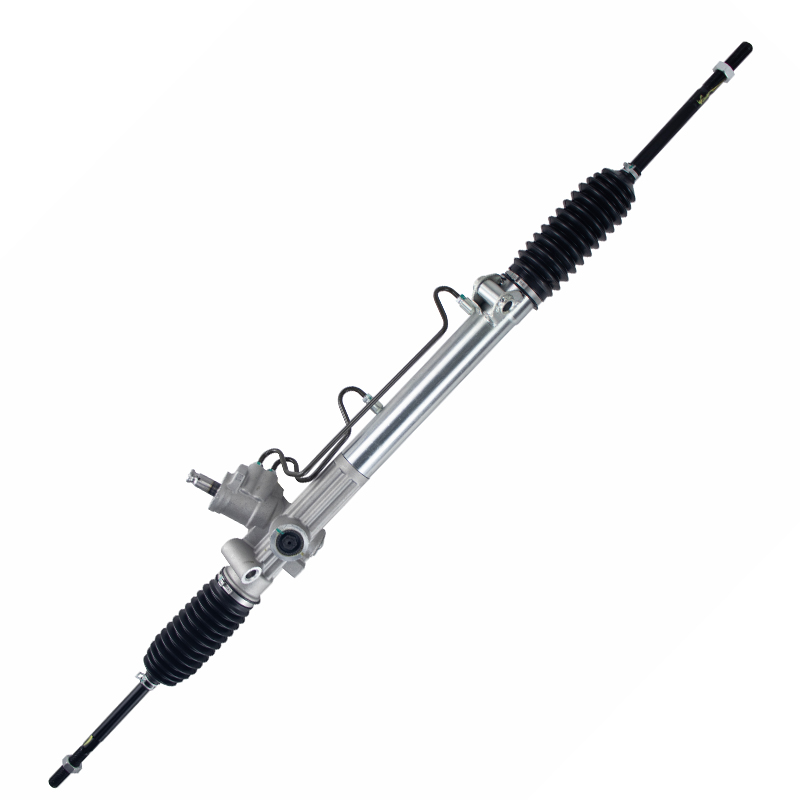
How Does the Hydraulic Steering Rack Work?
The hydraulic steering system usually consists of a hydraulic pump, a steering rack, an oil pipe, a pressure regulating valve, a steering oil pot, and other auxiliary components. The hydraulic pump is the core component of the system. It is responsible for pressurizing the steering oil and delivering it to the piston chamber in the steering rack through the oil pipe. When the driver turns the steering wheel, the piston in the steering rack is pushed by the pressurized oil to generate power, making it easier to turn the wheels. The power of the hydraulic pump usually comes from the engine and is directly driven by a belt or chain. This means that the power-assisting function of the hydraulic steering system is closely related to the operation of the engine. When the engine is started and running, the hydraulic pump starts working to provide power to the steering system; conversely, when the engine is turned off, the hydraulic pump stops working and the power function disappears.
Under normal circumstances, the hydraulic steering system reduces the force required by the driver when steering through the pressure generated by the hydraulic pump. Especially at low speed or parking, hydraulic power assistance is particularly important, which allows the driver to turn the steering wheel more easily. However, once the hydraulic pump stops working, the driver needs to directly manipulate the steering rack, which will greatly increase the force required for steering.
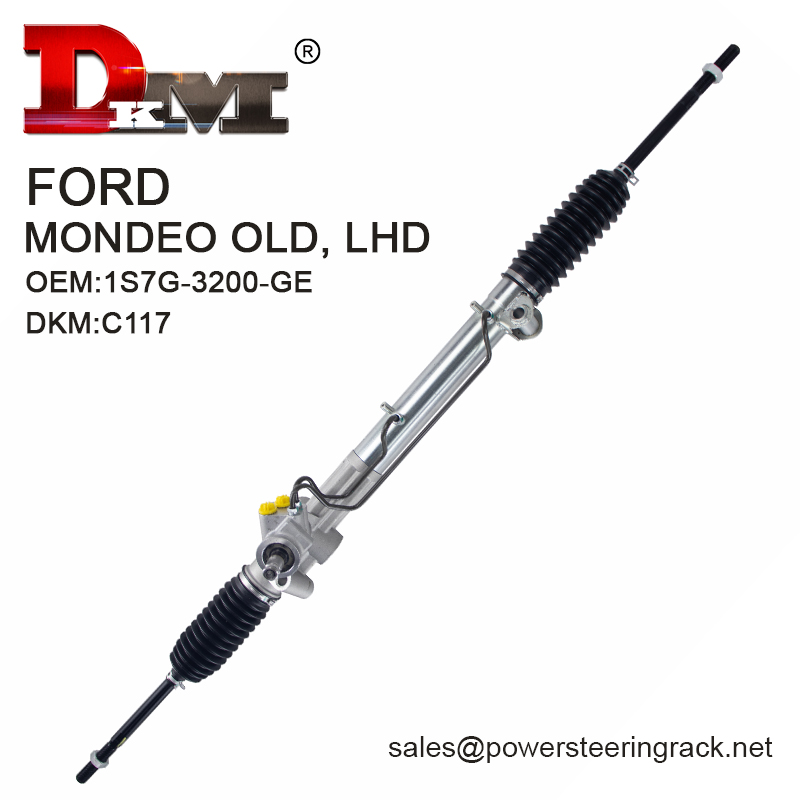
What Are the Effects of Engine Shutdown on the Hydraulic Steering Rack?
First, the power assistance disappears. Since the hydraulic pump relies on the engine for power, when the engine is turned off, the hydraulic pump also stops working. This directly leads to the disappearance of hydraulic power assistance in the steering system. Without power assistance, the driver needs to rely entirely on his own strength to turn the steering wheel. This situation is particularly obvious when stationary or driving at low speed, because the friction between the wheels and the ground is large at this time, and the force required for steering also increases.
Secondly, the difficulty of steering increases. When the engine is turned off, the hydraulic steering system cannot provide any power assistance, and the driver needs to use more force to turn the steering wheel. For inexperienced drivers or drivers with weak physical strength, this increased difficulty in steering can be a great inconvenience and a safety hazard. This is especially true in situations where precise steering control is required, such as when reversing or adjusting the direction in a narrow parking space.
Finally, when the engine is turned off, the loss of steering assistance directly affects the vehicle's handling. Although the vehicle can barely steer when stationary or driving at low speeds, the steering system's response will become more sluggish at high speeds (such as when the vehicle turns off the engine during coasting). This may make it difficult for the driver to quickly and accurately control the direction of the vehicle, increasing the risk of an accident.
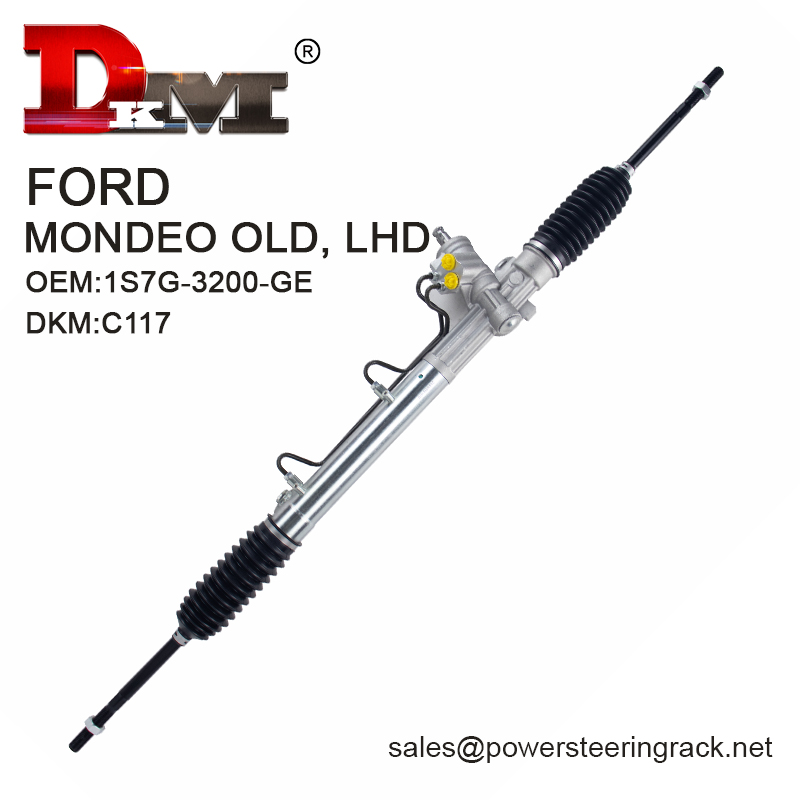
Can the Hydraulic Steering System Still Work When the Engine is Turned Off?
Although the hydraulic assistance disappears when the engine is turned off, the hydraulic steering system can still continue to work through the mechanical transmission part, but the effect and difficulty are significantly different from normal conditions.
1. Continuous effect of mechanical transmission
The hydraulic steering rack can still work through mechanical transmission without assistance. The driver turns the steering wheel, and the mechanical transmission system transmits power to the steering rack to make the wheels turn. However, due to the lack of hydraulic power assistance, this mechanically driven steering operation will require greater force, especially when the vehicle speed is low or the vehicle is stationary, the driver may feel that steering becomes unusually difficult.
2. Steering hysteresis and imprecision
Due to the lack of hydraulic power assistance, the driver may feel obvious hysteresis when turning the steering wheel, especially when trying to turn quickly. The steering operation at this time not only requires more force, but may also cause the steering response of the wheel to be less precise than usual, giving the driver an unstable control experience. This situation is particularly dangerous in an emergency situation because the driver may not be able to change the direction of the vehicle quickly and accurately.
3. Difficulty in steering recovery
When the hydraulic steering system is working normally, it can help the steering wheel automatically return to the center position after steering, which is a natural performance of hydraulic power assistance. When the engine is turned off, this function will be greatly weakened. After completing the steering operation, the driver may need to manually return the steering wheel to the middle position, which undoubtedly increases the complexity and inconvenience of the operation.
Scenarios for the Use of Hydraulic Steering Rack When the Engine is Turned Off
Although the function of the hydraulic steering system is greatly weakened when the engine is turned off, in certain specific situations, the owner may still need to perform limited steering operations.
1. Steering adjustment after emergency stop
When the vehicle needs to shut down the engine due to a malfunction or emergency, the driver may still need to adjust the position of the vehicle, such as parking the vehicle in a safer place. In this case, the driver may find it extremely difficult to turn the steering wheel. Although the hydraulic power assist is no longer available, the driver can still complete the necessary steering operation by using more force. Although this operation is difficult, it is necessary in an emergency.
2. Steering when towing or pushing the vehicle
In some cases, the vehicle may need to be towed or pushed to a specified location. When the engine is turned off, the power assist function of the hydraulic steering system cannot be used, which means that the steering operation will rely entirely on the mechanical transmission system. In this case, the steering operation will become more difficult, especially when the vehicle is stationary. However, with reasonable force distribution, steering is still possible, but it requires more physical strength and patience.
3. Limited steering operations during inspection and maintenance
When performing vehicle inspection or maintenance, especially in a workshop environment, technicians may need to perform some simple steering operations with the engine turned off. At this point, the lack of hydraulic power may make steering more strenuous, but since most inspection and repair operations are performed at low speed or at rest, these operations are usually manageable. When performing such operations, technicians usually use additional tools or equipment to help complete the steering operation to reduce physical exertion.
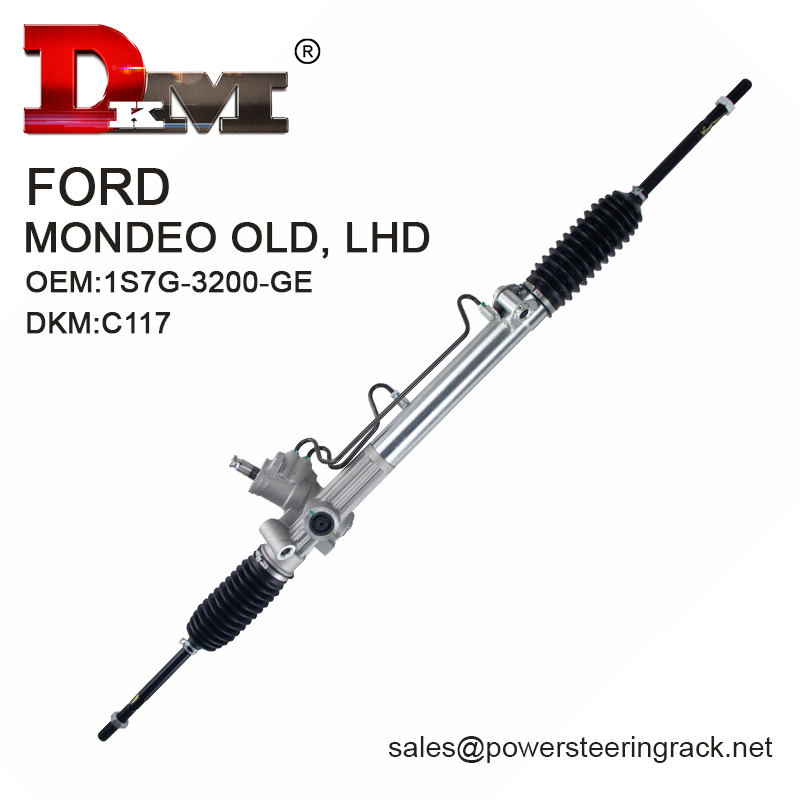
Prevention and Countermeasures
Owners should avoid complex steering operations with the engine off. If steering adjustments must be made, try to complete them with the engine started so that the hydraulic steering system can provide normal power assistance to ensure easy and safe steering operations. The performance of the hydraulic steering system depends largely on the normal operation of the hydraulic pump, hydraulic oil and other related components. Owners should regularly check and maintain these components to ensure that they can provide optimal power assistance when needed. Especially after the engine is turned off, although the power assistance disappears, good hydraulic system maintenance can ensure smooth operation of the mechanical transmission part and reduce the difficulty of steering.
The manual steering ability of each vehicle is different, depending on the design of the steering system and the overall weight of the vehicle. In a safe environment, owners can try to turn the steering wheel with the engine off to understand how difficult it is to steer their vehicle without power assistance. This can help owners better deal with similar situations when they encounter them. In an emergency, if steering operations have to be performed with the engine turned off, the driver should hold the steering wheel firmly with both hands to ensure that each turn is precisely controlled. Moderately increasing the speed of the vehicle can also reduce the difficulty of steering, but attention should be paid to controlling the speed of the vehicle to avoid other safety hazards caused by excessive speed.
Conclusion
When the engine is turned off, the power-assist function of the hydraulic steering system will completely disappear, and the driver needs to rely on the mechanical transmission part to perform steering operations. Although the difficulty of steering in this case is greatly increased, basic steering tasks can still be completed with appropriate strength and operating skills. Understanding the working principle of the hydraulic steering system and its performance when the engine is turned off will help car owners better deal with various emergencies in actual driving.

